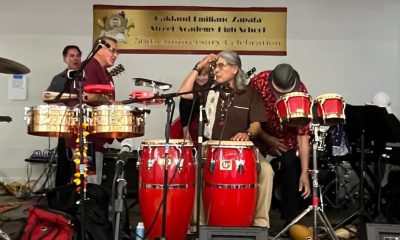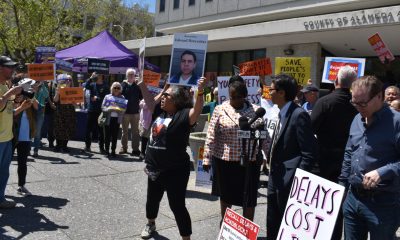California Black Media
Reports Cast Shadows on the Economic Picture for Black Californians
Recent studies suggest that the economic picture for Black Californians is not looking rosy. The state is becoming less affordable for African Americans, leading many families to relocate to less expensive places both within and past the borders.
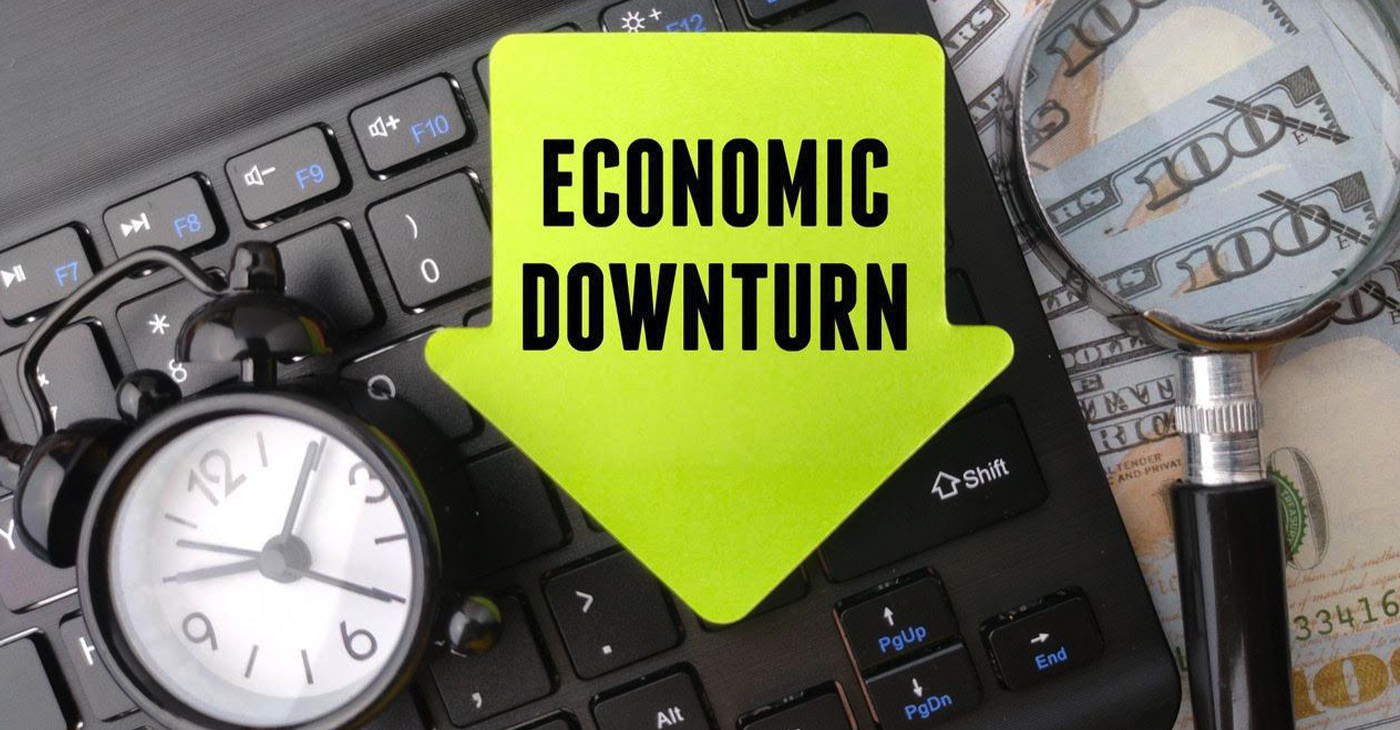
By Lila Brown
California Black Media
Recent studies suggest that the economic picture for Black Californians is not looking rosy.
The state is becoming less affordable for African Americans, leading many families to relocate to less expensive places both within and past the borders.
“After pandemic-era declines, California’s poverty rate is on the rise. Expansions to safety net programs during the pandemic reduced poverty substantially, but these expansions had mostly expired by the end of 2022,” reads a report published by the Public Policy Institute of California (PPIC) on Oct. 24.
For Black Californians, the poverty rate at 13.6% is more than double the percentage of African Americans living in California, which currently stands at about 5.8% of nearly 40 million Californians.
“The state’s overall poverty rate increased from 11.7% in fall 2021 to 13.2% in early 2023,” the PPIC report continued.
The unemployment numbers for Black Californians also remain high — and continue to climb.
According to the Economic Policy Institute, the unemployment rate for Black Californians stands at 7.4%, which is higher than the state’s 4.5% total unemployment rate for the second quarter of 2023. This is also higher than the national rate of 5.8%.
In California, the Black-white unemployment ratio is at 1.9 to 1. The national Black-white unemployment ratio remained at 2 to 1 in the second quarter of 2023, maintaining the historic trend of Black workers being twice as likely to be unemployed as white workers. There’s nowhere in the country where the unemployment numbers for Black and white workers are equal.
For September, the California Employment Development Department (EDD) reported that unemployment was on the rise. The state’s unemployment rate crept up to 4.7%, an increase of 144,000 people. It is the second-highest unemployment rate of any state. The labor force — Californians working or looking for work — also shrank.
Between 2021 and 2022, the overall poverty rate in California rose from 11.0% to 16.4%. This increase can be linked to the high costs of living, inflation, and the end of pandemic-era supports. Financial assistance cut the poverty rate for Black Californians by one quarter to 9.5% in 2021, but it nearly doubled to 18.6% the year after.
U.S. Census data showed that 54% of Black Californians reported facing difficulty paying for essential needs like food and housing.
Los Angeles County (15.5%) and San Diego County (15.0%) had the highest poverty rates. The Central Valley and Sierra region had the lowest (10.7%), largely due to lower housing costs.
In China last week, Gov. Gavin Newsom highlighted the strength of California’s economy, the fifth-largest in the world, and President Joe Biden released his Bidenomics report in June highlighting the achievements of his Invest in America plan.
The White House reports that under the Biden-Harris Administration, Black Americans have experienced their lowest recorded unemployment rate and the highest employment rate since November 2000.
The participation of Black workers in the labor force has also reached its highest level since August 2008. The poverty rate for Black children has been reduced by more than 12%, impacting over 200,000 children, through the Thrifty Food Plan.
Most reports point to signs that the nation is at pre-pandemic levels and California has recovered its pandemic-induced job losses in June 2022, according to the latest California Labor Market Review released in August.
However, numbers indicating the state economy is strong contrast with the harsh realities confronting many Black Californians struggling to make ends meet.
A study by the Urban Institute shines light on the complex challenges Black Californians face as more decide to relocate to less expensive areas, driven by a combination of economic factors like housing unaffordability, rolling layoffs, rising inflation, increasing renter evictions, and stagnant salaries.
“This has been the reality of many Black Californians: As the Black populations of San Francisco and Alameda counties drop, those of Contra Costa and Sacramento rise. As Los Angeles sees its share of Black residents decline, neighboring Riverside and San Bernardino shares increase,” that report says.
Lisa D. Cook, governor of the Federal Reserve Board, says unemployment is the root of all of America’s social problems and pushing for maximum employment is the solution to minimizing poverty. Cook spoke while accepting the Louis E. Martin Award on Oct. 18 in Washington, D.C.
“Maximum employment boosts long-run economic potential. It means that a vital resource is being used productively. A strong labor market increases labor force participation and the willingness of firms to recruit and upgrade the skills of workers,” Cook stated.
“The full participation of all segments of society should be expected to result in more ideas, including more diverse ideas, more invention, and more innovation.”
Activism
Oakland Post: Week of May 8 – 14, 2024
The printed Weekly Edition of the Oakland Post: Week of May May 8 – 14, 2024
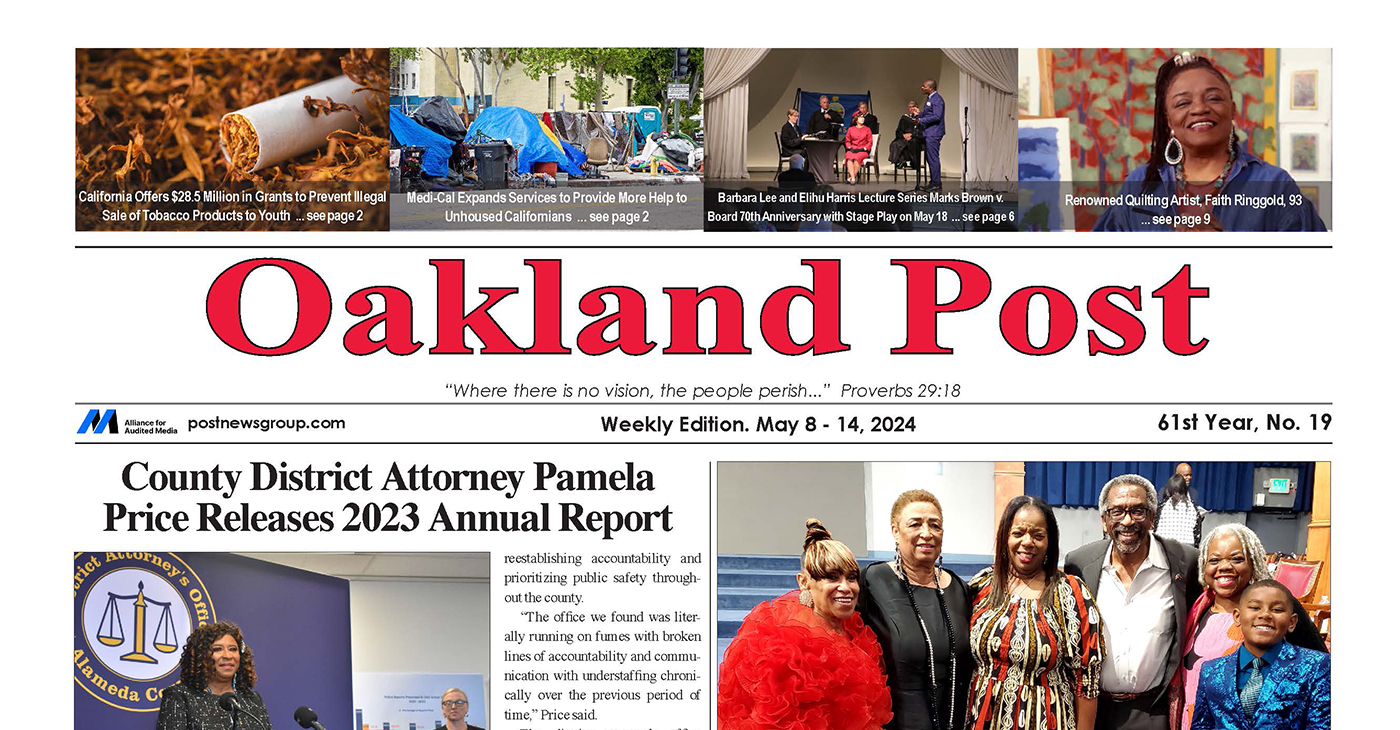
To enlarge your view of this issue, use the slider, magnifying glass icon or full page icon in the lower right corner of the browser window. ![]()
California Black Media
Cinco De Mayo: Five Interesting Facts You Should Know About the Popular Mexican American Holiday
To explore the historical significance of Cinco De Mayo, we step back to the origins of the commemoration, share how some Mexican American Californians regard it and trace how it has morphed into the celebrations we see today.
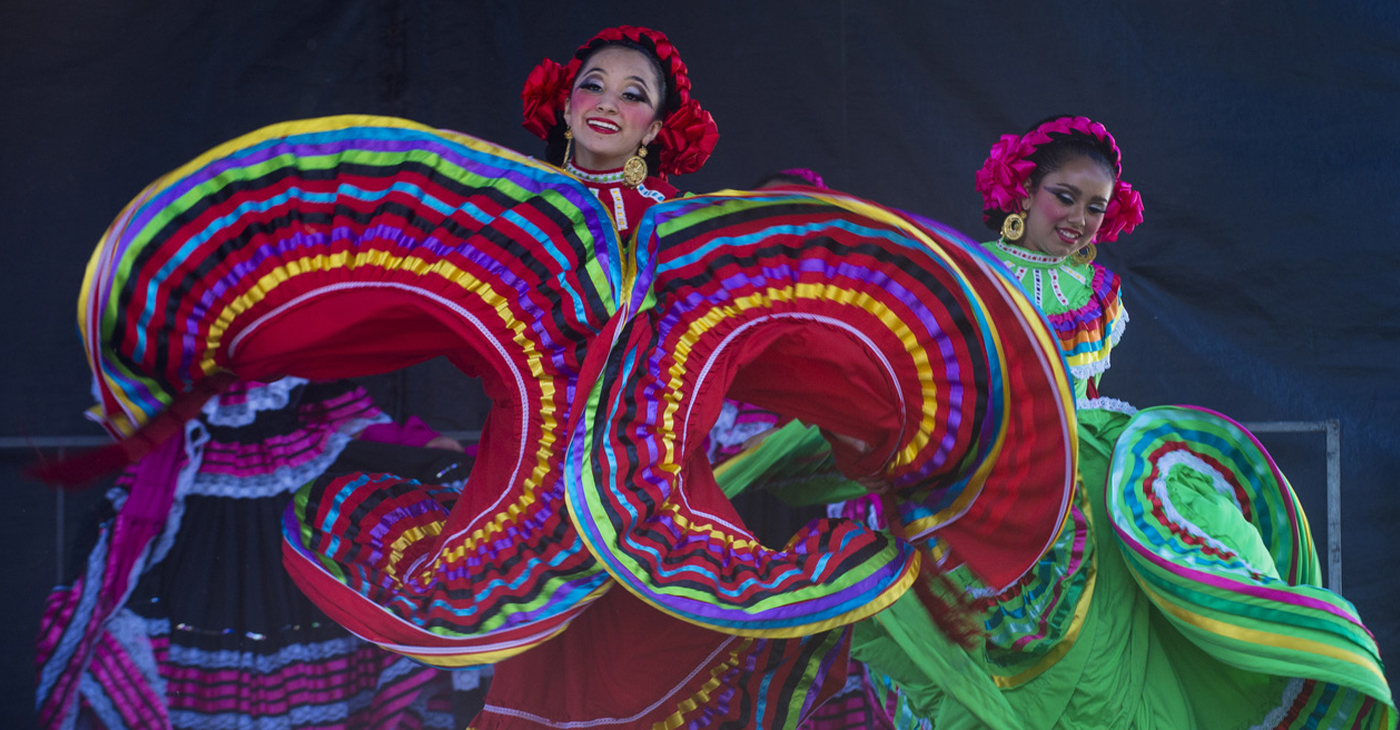
By Edward Henderson, California Black Media
To explore the historical significance of Cinco De Mayo, we step back to the origins of the commemoration, share how some Mexican American Californians regard it and trace how it has morphed into the celebrations we see today.
Celebrations in the United States began in 1862 in Columbia, California, a small town located in the foothills of the Sierra Nevada in Tolumne County, according to that town’s website.
Today, millions of Americans celebrate Cinco De Mayo annually with 120 official celebrations organized across the United States.
This day has become a cultural point of pride for Mexican Americans and other Latino communities in the United States. It serves as a time to affirm and celebrate their cultures with other Americans of all backgrounds as they highlight their contributions to American history and society.
Joseph Soltero, a Mexican American living in Escondido, shared his perspective on Cinco de Mayo with California Black Media. He learned about Cinco De Mayo from his grandfather and talked about the extent to which his family and San Diego County community celebrate the holiday.
“We knew September 16 was really Mexican Independence Day, but kids in my school would always mistake Cinco De Mayo as our Independence Day. [Cinco De Mayo] is not really even a Mexican holiday,” said Soltero. “It’s something people do to have an excuse to buy drinks, have fun and spend a little money at taco shops.”
Like Soltero, many Mexican Americans (and other Latino Californians) do not take the support and solidarity they receive from people of other races on Cinco De Mayo for granted. They also appreciate when people take the time to learn about the cultural significance of the day and avoid some of the cultural tropes that can easily whisper undertones of racism.
To help raise your awareness about the origins and cultural significance of the day, here are 5 little known facts about Cinco De Mayo:
- Cinco De Mayo is not Mexican Independence Day. It is the anniversary of the Battle of Puebla. This military victory on May 5, 1862, over the French forces of Napoleon III was hailed as a symbol for Mexican resistance to foreign influence.
- The holiday was not given much historical significance outside of Puebla, and it has not been celebrated on a large scale in Mexico. However, during the Civil War, Mexican Americans in California, Oregon and Nevada who supported the Union drew inspiration from the victory over the French-backed Confederate forces.
- The Chicano civil rights movement in the 1940s gave a new energy to celebration of the holiday in the United Sates as a symbol of national pride.
- In the 1980s and 1990s, beer companies’ marketing strategies targeted Mexican Americans by encouraging them to celebrate their heritage – and Cinco De Mayo –with Coronas, Bud Light, and Dos Equis. This created the perceived connection between Cinco De Mayo, alcohol, and merrymaking.
- Los Angeles hosts the largest Cinco De Mayo celebration in the country.
As we join Mexican American Californians to celebrate Cinco De Mayo next week, let’s deepen our cultural understanding.
Let’s use this occasion to commit to learning more about our neighbors, colleagues and friends of other races and ethnicities.
This resource is supported in whole or in part by funding provided by the State of California, administered by the California State Library in partnership with the California Department of Social Services and the California Commission on Asian and Pacific Islander American Affairs as part of the Stop the Hate program. To report a hate incident or hate crime and get support, go to CA vs Hate.
Antonio Ray Harvey
Working Group: More Entry-Level Homes Could Help Solve Housing Crisis
The Community Housing Working Group hosted a briefing on April 23 at Cafeteria 15L in Sacramento. Discussions focused on how the housing crisis in California affects Black and Brown communities and explored ways to provide low-income families and individuals with affordable housing.
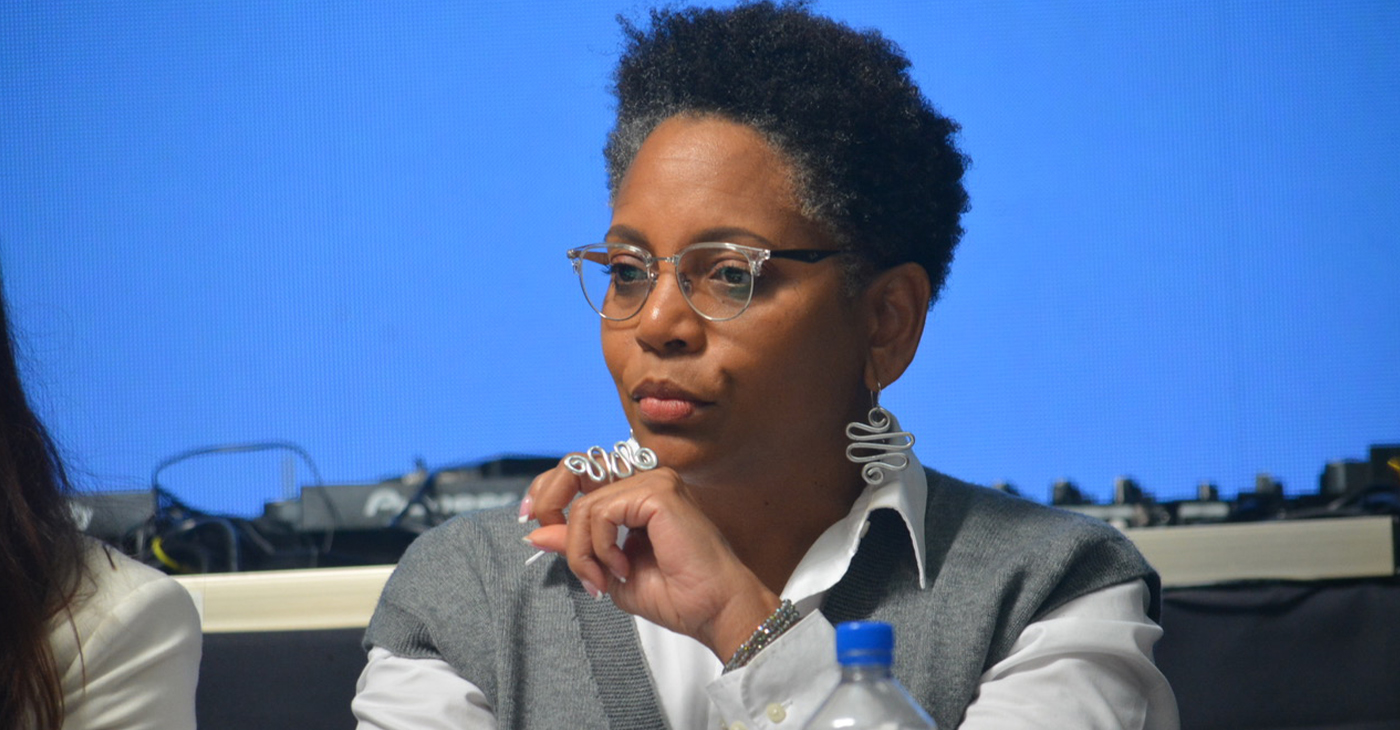
By Antonio Ray Harvey, California Black Media
The Community Housing Working Group hosted a briefing on April 23 at Cafeteria 15L in Sacramento. Discussions focused on how the housing crisis in California affects Black and Brown communities and explored ways to provide low-income families and individuals with affordable housing.
Tia Boatman Patterson, CEO and President of the California Communities Reinvestment Corporation, said “entry-level housing” is not available as it was in the past, adding that affordable units were a major point of entry into homeownership for many families in the Black community.
“My mother bought her first house when I was in junior high. It was an 850-square foot, two-bedroom and one-bathroom house in 1978. That house cost $30,000,” Boatman-Patterson said.
“A woman working part-time at JCPenney was able to afford that house. We don’t build these types of housing now. We do not build entry-level homeownership,” she added.
The Community Housing Working Group is a collection of diverse community organizations from across California working together to address housing challenges in their communities. The organization believes that solving the affordable housing crisis will require creating enough smaller, lower-cost, multi-family homes located near jobs, transit, and good schools.
The briefing included a panel discussion titled, “Exclusionary Zoning: A Look Back and a Path Forward.” Boatman-Patterson participated in that session along with Henry “Hank” Levy, Treasurer-Tax Collector for Alameda County, and Noerena Limón, consultant, Unidos U.S., and Board Member of California Housing Finance Agency.
Boatman-Patterson, a former Associate Director for Housing, Treasury and Commerce in the Office of Management and Budget for the Biden Administration, started her presentation by highlighting how exclusionary single-family zoning is contributing to continued segregation of California communities.
She said that single-family zoning originated in the Bay Area city of Berkeley in 1916.
“By creating single-family zoning and having fenced-off communities, you were able to exclude the ‘others,’” Boatman-Patterson said. “It really was a method to exclude — what they called ‘economic segregation’ — but that was a guise for racial segregation. Single-family zoning, along with redlining, became a systemic approach to exclude based on affordability.”
Title VIII of the federal Civil Rights Act of 1968 — commonly known as the Fair Housing Act of 1968 – is the U.S. federal legislation that protects individuals and families from discrimination in the sale, rental, and financing of housing. It was passed to open the doors to affordable housing.
In 1968, 65.9% of White families were homeowners, a rate that was 25% higher than the 41.1% of Black families that owned their homes, according to National Low-Income Housing Coalition. Today, those figures have hardly changed in the Black community, although White homeownership has increased five percentage points to 71.1%.
Boatman Patterson said the rate has not changed in Black and Brown communities because financing for affordable entry-level homes is almost nonexistent. The homeownership disparities contribute to the disturbing racial wealth gap in the nation, according to the National Low-Income Housing Coalition’s October 2018 report.
“We really must align the financing with the actual building of units, which we haven’t necessarily done. Because of this misalignment, I think we continue to see problems,” Boatman-Patterson said.
-

 City Government1 week ago
City Government1 week agoCourt Throws Out Law That Allowed Californians to Build Duplexes, Triplexes and RDUs on Their Properties
-

 Community4 weeks ago
Community4 weeks agoFinancial Assistance Bill for Descendants of Enslaved Persons to Help Them Purchase, Own, or Maintain a Home
-

 Activism3 weeks ago
Activism3 weeks agoOakland Post: Week of April 24 – 30, 2024
-

 Business4 weeks ago
Business4 weeks agoV.P. Kamala Harris: Americans With Criminal Records Will Soon Be Eligible for SBA Loans
-

 Community3 weeks ago
Community3 weeks agoOakland WNBA Player to be Inducted Into Hall of Fame
-

 Community4 weeks ago
Community4 weeks agoAG Bonta Says Oakland School Leaders Should Comply with State Laws to Avoid ‘Disparate Harm’ When Closing or Merging Schools
-

 Community3 weeks ago
Community3 weeks agoRichmond Nonprofit Helps Ex-Felons Get Back on Their Feet
-

 Community3 weeks ago
Community3 weeks agoRPAL to Rename Technology Center for Retired Police Captain Arthur Lee Johnson









